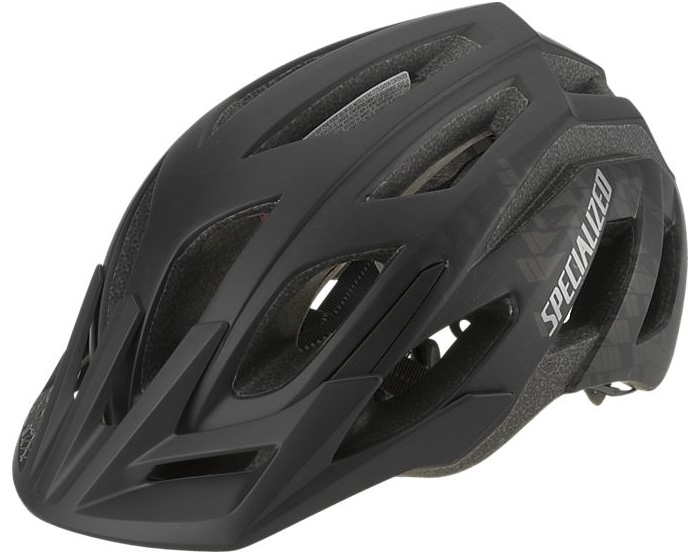 Product: 2013 Specialized Tactic Helmet
Product: 2013 Specialized Tactic Helmet
Rider: 5’9”, 150 lbs.
Size: Medium (54-60cm)
BLISTER’s Measured Weight: 335 grams
Color: Available in black, white, green, and blue.
Features:
- Tri-Fix strap system – makes fitting the helmet simpler and more secure
- Headset SL fit system with four height positions and micro-adjustable dial is easy to adjust on the fly, even with full-finger gloves
- 4th Dimension Cooling System to optimize ventilation
- Full size visor with easy on/off aFIX visor attachment
- In-molded shell maximizes strength and minimizes weight
- Extended rear coverage for added protection in technical all-mountain terrain
- Complies with one or more of the following safety standards for bicycle helmets: CPSC, SNELL B90A, CE and AS/NZS
Duration of Test: ~30 days
Test Locations: Mostly around northwest Montana, with a road trip through Moab and Sedona
Intended Use: Keep me from turning into a vegetable.
MSRP: $75
[Editor’s Note: Our review is of the 2013 Tactic, which has been redesigned since 2012, but keeps the same product name.]
I’ll kick this off with the same caveat that should start every helmet review: a helmet won’t do what it’s supposed to do unless it fits you right. Every helmet fits a little differently, and often, different companies’ molds favor different head shapes.
Fit
My head is slightly on the skinny side, but not so skinny as to put me far outside of the realm of “average.” The Tactic has a slightly rounder shape than some roughly equivalent helmets (e.g. Giro), but it’s not so wide that it doesn’t work for me. I’ve got a bit of wiggle room from side to side, but not enough that it causes problems.

A quick word on side-to-side or fore-aft wiggle room: the more wiggle room there is, the less the helmet can properly protect you. Basically, foam in the helmet breaks on impact. And the Tactic, like most bike helmets, is designed to take a single impact. When you fall on your head, the foam breaks, and the helmet’s useful lifespan is over.
To summarize in a thoroughly non-scientific, non-medically informed sort of way, brain injuries happen when your skull comes to an abrupt stop. When your skull stops abruptly, your brain stops less abruptly and essentially sloshes up against the inside of your skull. This is bad.
A helmet, in essence, allows your skull to decelerate ever so slightly slower. As the foam of your helmet breaks, it is essentially cushioning your skull and allowing your head to slow down just a little bit. The difference in an unprotected fall and a helmeted fall is small—your head slows down just a few milliseconds slower if you have a helmet—but those few milliseconds can make all the difference between a bad headache and lasting brain injury.
So where am I going with all this? Fit is important because the helmet needs to be fairly secure around your head in order to properly cushion it. If there’s a lot of wiggle room around the helmet, that can mean two things: (1) the helmet will shift out of the way in a violent crash; and (2) there will be some additional time (remember we’re talking milliseconds here) between your helmet hitting the ground and your head hitting the helmet. This can mean that, by the time your head catches up to the helmet, the helmet has already been partially crushed, thus limiting its protective capabilities.
Safety
In terms of safety, virtually all bike helmets come with some sort of certification. Different countries have different certifications, but the idea is to establish some standardized minimum level of safety. The Tactic passes the Snell B90a test, which essentially means that some engineers dropped an anvil on the helmet and it did what it was designed to do.
This is good, but it’s more or less the minimum bar by which safety should be measured. With a couple of exceptions, most helmets are primarily marketed on other features, and the Tactic is no exception. While I know that this helmet meets minimum safety standards, and I know that it fits me reasonably well, I don’t know whether it’s ultimately more or less safe than some other equivalent helmet. This isn’t any knock on the Tactic, it’s just the simple reality that it’s difficult to assess the safety of a helmet in any kind of quantitative manner.
